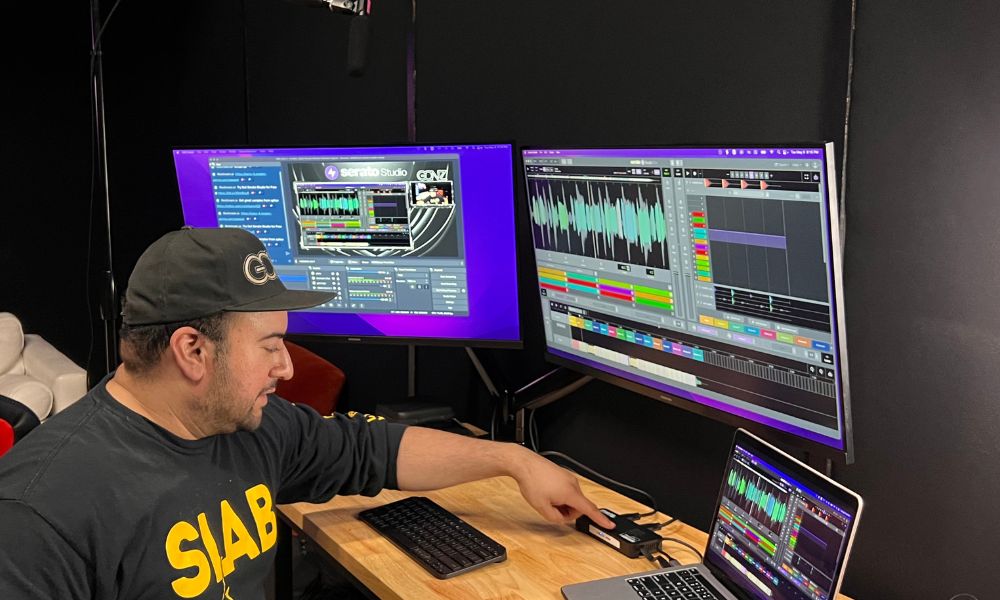In the booming world of podcasting, high-quality audio is a necessity. Your show’s sound quality can make or break a listener’s experience, and with thousands of podcasts competing for ears, it’s crucial to deliver a crystal-clear stream that keeps them coming back for more. Whether you’re a seasoned host, an audio engineer, or just starting out, knowing these three common podcast audio issues to watch for is key to producing a standout show.
1. Muffled Audio
Have you ever tuned into a podcast where the sound seemed to be coming from underwater? Muffled audio is one of the most prevalent issues that can plague a podcast, leaving listeners straining to decipher what you’re saying. It often occurs when the microphone is too far from the speaker or when the room the podcast is being recorded in is too noisy.
Solution Strategies
- Proximity – Ensure the speaker is close enough to the microphone, typically around 6-10 inches, to capture crisp, clear sound.
- Mic Technique – Speaking across the top of the microphone can cause muffling. Encourage your guests to speak directly into it with good posture.
- Environmental Factors – Room acoustics and ambient noise can also contribute to muffled audio. Recording in a quiet space with minimal echo is essential.
2. Background Noise
Background noise is the bane of every podcaster’s existence. Whether it’s the hum of an air conditioning unit or the distant sounds of traffic, unwanted noise can be incredibly distracting and difficult to remove in post-production.
Solution Strategies
- Acoustic Treatment – Record in a space treated for sound absorption and isolation. Simple solutions like foam panels, carpets, and heavy drapes can work wonders.
- Silent Equipment – Use fans and air conditioning units designed to emit minimal sound.
- Noise Gates – In post-processing, you can use noise gates to reduce or eliminate background noise during silent passages. However, be careful not to set them too high, which can cut off the speaker’s voice.
3. Uneven Levels
When one speaker’s audio is significantly louder than another’s, it can be frustrating for listeners who constantly find themselves adjusting the volume to maintain a comfortable listening experience.
Solution Strategies
- Monitor Levels – Regularly check and adjust microphone input levels during recording to ensure all speakers are coming through at similar volumes.
- Compressors – Apply compression in post-production. This can smooth out inconsistencies in level, bringing up quieter parts and reducing peaks in louder parts.
- Multi-Track Editing – If possible, record different speakers on separate audio tracks. This allows for independent control of each speaker’s volume during editing.
Make the Most of Your Studio Time
There are many common audio issues to watch for when making a podcast, but learning about them will give you a professional edge. For those with a solid grasp of these techniques, music studios in Houston, Texas, provide an excellent space for recording and engineering audio.
By understanding the root causes and employing the right techniques, you can elevate your sound quality and ensure your message is communicated clearly and professionally to your audience.

